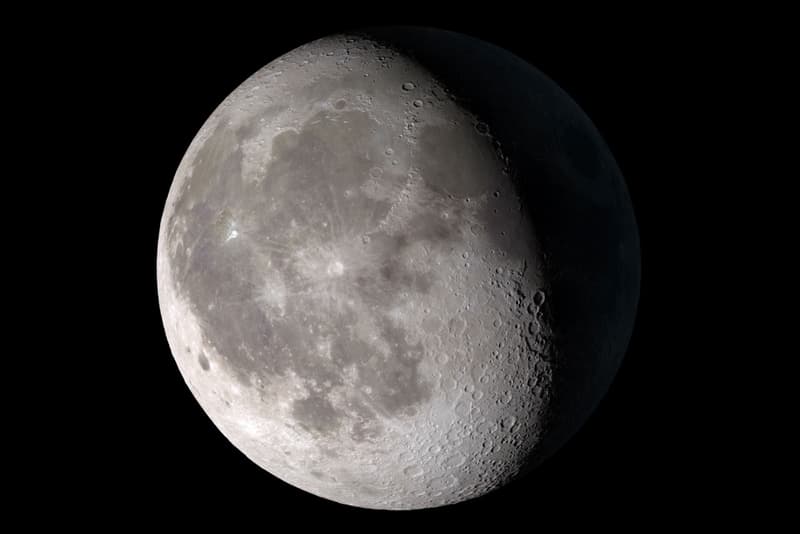NASA Warns That a ‘Wobble’ in the Moon’s Orbit May Worsen Climate Disaster
With record flooding predicted for the 2030s.

A new study released last month predicts record flooding and dangerously high tides in the 2030s partly due to a phenomenon known as a moon “wobble.”
The study, published in Nature Climate Change and led by members of the NASA Sea Level Change Team from the University of Hawaii, found that high-tide flooding could occur across every U.S. coast by the mid-2030s. According to NASA, high-tide flooding is already a problem for cities in the U.S. Atlantic and Gulf coasts, with the National Oceanic and Atmospheric Administration reporting over 600 of these types of floods in 2019 alone. Beginning in the 2030s, rising sea levels will align with a moon wobble, potentially leading to catastrophic flooding.
A moon wobble is a regular occurrence in the moon’s orbit, according to NASA: “The moon rotates once on its own axis during each 27-day journey around the Earth. But as the moon makes its elliptical orbit, its velocity varies and alters that synchronicity, causing our perspective of the ‘light side’ to appear at slightly different angles throughout any given month.”
“In short, the moon wobbles. At least, it does to our eyes,” NASA adds.
But NASA’s new study suggests that in the future, this phenomenon will exacerbate flooding when the moon and Earth line up in a particular way, shifting the gravitational pull and the ocean’s corresponding response.
“Low-lying areas near sea level are increasingly at risk and suffering due to the increased flooding, and it will only get worse,” said NASA Administrator Bill Nelson. “The combination of the Moon’s gravitational pull, rising sea levels, and climate change will continue to exacerbate coastal flooding on our coastlines and across the world.”
Ben Hamlington, co-author of the paper and leader of NASA’s Sea Level Change Team, said that scientists were taking action to prevent these occurrences. “From a planning perspective, it’s important to know when we’ll see an increase. Understanding that all your events are clustered in a particular month, or you might have more severe flooding in the second half of a year than the first – that’s useful information.”
Climate change continues to promote extreme weather around the world. Earlier this month, Antarctica recorded its highest temperature ever of 18.3 degrees Celsius (64.9 degrees Fahrenheit).



















